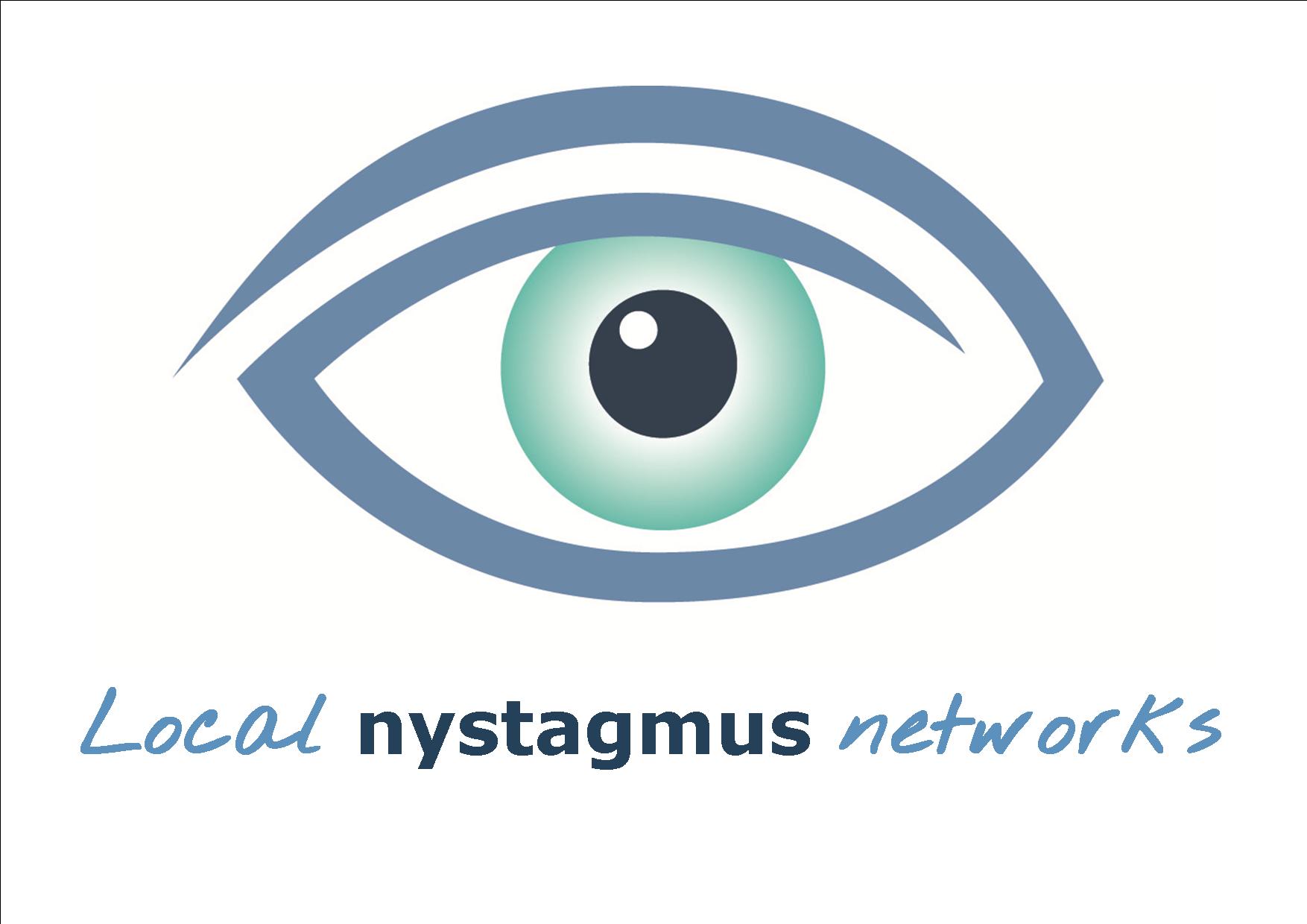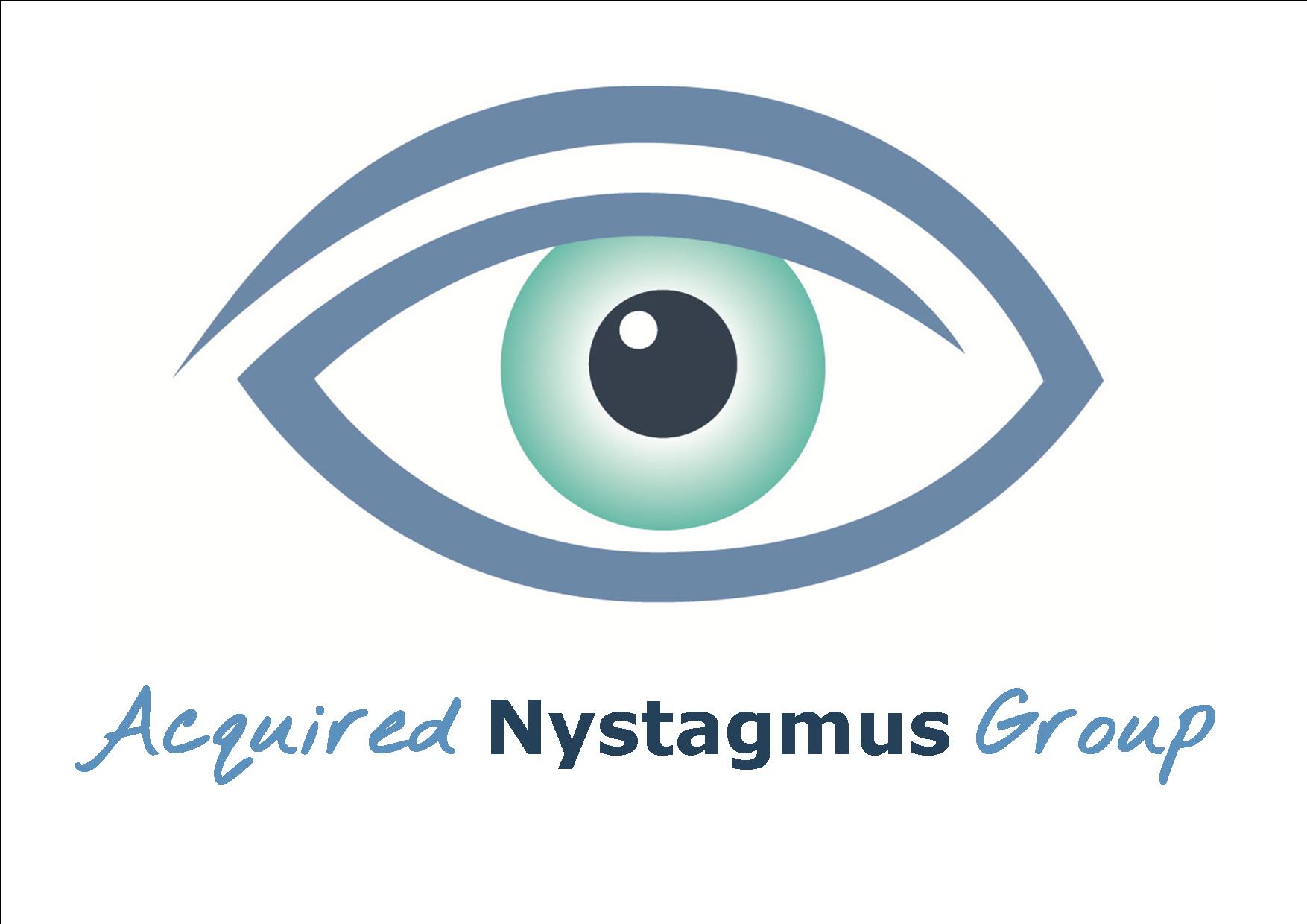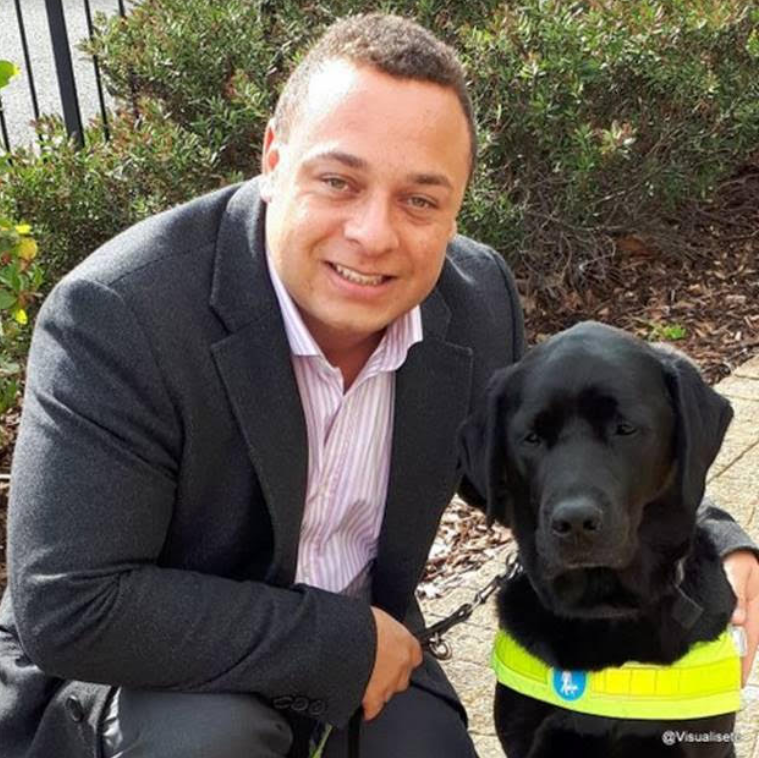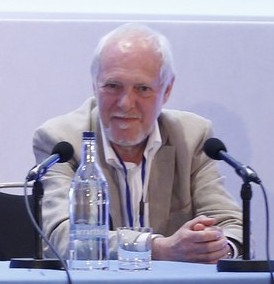A guest post from our Open Day 2019 keynote speaker, Daniel Williams, founder of Visualise Training and Consultancy:
Losing eyesight is both challenging and difficult, scary and disconcerting. Having to change the way you do things, adapting to new challenges and learn new skills can be exhausting. Perhaps one of the most difficult aspects of eyesight deterioration is the uncertainty around employment. Sometimes it may be hard to tell somebody at work about your sight loss for fear of losing your job and you may struggle with tasks and suffer from eye strain or headaches because you are trying so hard to cope. Or, you could be afraid to tell your manager in case they think that you can no longer carry out your daily tasks as efficiently as you used to and this may lead to unemployment and all the uncertainty and ambiguity this may bring.
Let’s
think about the common symptoms of sight loss, and how experiencing these
symptoms may make you feel:
- You may find the computer screen difficult to see
- You may experience eye fatigue or pain
- You may struggle to recognise colleagues
- You may be struggling to get around
- The lighting may be giving you discomfort
- You may be getting tired
- You may be finding print difficult to read
- You may be getting constant headaches
- You may think you are being clumsy
- You may not be able to see your keyboard clearly
Experiencing just one of these symptoms may make you feel worried, uncomfortable or anxious. If not checked, in time, these feelings may escalate and cause you to struggle in both your work life and private life. But it is important to understand that help is available and that you don’t have to be totally blind to get help. In fact, the vast majority of visually impaired people in full-time employment have partial or useful vision. Don’t give up your job, just because you’ve lost your vision.
The
Equality ACT 2010 protects you against disability discrimination. Your employer
has a duty to make reasonable adjustments.
Visualise Training and Consultancy can carry out a work-based assessment to assess your needs and not only give you and your employer ideas on how to make your work life easier, but they will also write a full report, detailing any special equipment or alterations that can be made.
Let’s take a look at the four most common problems that may occur in the workplace for people who are losing or have lost some of their eyesight. Alongside the problem, we’ll look at possible solutions.
“I can’t see my computer screen very well any more…”
This is a
common issue that can be tackled in a number of ways. You can use a bigger
screen, use an anti-glare filter on your screen or change the colour scheme and
text size within Windows. Failing this, a special screen magnifying programme
can be used to enlarge what’s on the screen and change the colours and
contrast. In some cases, a special piece of screen reading software such as
Jaws or NVDA can be used. This will read-out what you type and tell you what is
on the screen. Some people may use a mixture of screen reading software and
screen magnification software, others may exclusively use screen reading
software.
“I’m finding print difficult to read…”
A hand-held magnifier can be used to enlarge print, but technology can also be used. A CCTV/ video magnifier can make reading easier, as can coloured filters and smart phone apps such as KNFB Reader and SeeingAI. Sometimes, scanning a document and reading it on a screen suits some people, as does experimenting with different lighting. In cases where the print is too challenging for technology to tackle, Access To Work may pay for a PA or Support Worker to help you read documents.
“I suffer
from headaches and eye strain…”
If you try
to exceed the limit of your vision it can be very tiring. Sometimes, headaches
and eye fatigue can be environmental, caused by bright, fluorescent overhead
lighting or poor task lighting. Often, tweaks to the environment and regular
breaks can help prevent discomfort. Also, a good quality, consistent light
source can make a lot of difference.
“My
sighted colleagues don’t know how to support me in the best way”
Remember
your colleagues may not have ever worked with someone with reduced vision. So
be loud and proud, tell them what you need and how best to communicate with
you. They may also benefit from visual impairment awareness training to
understand how best to support employees with sight loss.
“I can no
longer drive…”
Losing
your driving license because of sight loss is very common and very worrying.
However, there are ways to tackle the problem. Discounted rail and bus travel
can be acquired with disability passes, making travel to work on public
transport cheaper. However, if you have to travel to appointments within your
role, or if using public transport is impractical, Access To Work may pay for
taxis. This makes life a great deal easier and eliminates some stress.
These problems and more can cause high levels of discomfort, stress and anxiety. It is important to remember that help is available, and that communication is often the key to starting the journey to positivity and a sense of equilibrium. Don’t suffer in silence. The Equality Act 2010 is on your side:
The Equality Act 2010 legally protects people from discrimination in the workplace and in wider society
It
replaced previous anti-discrimination laws with a single Act, making the law
easier to understand and strengthening protection in some situations. It sets
out the different ways in which it’s unlawful to treat someone.”
To book a workplace assessment, please visit Visualise Training and Consultancy.








